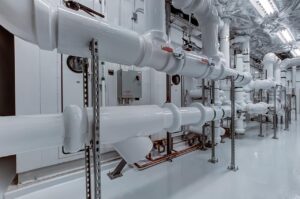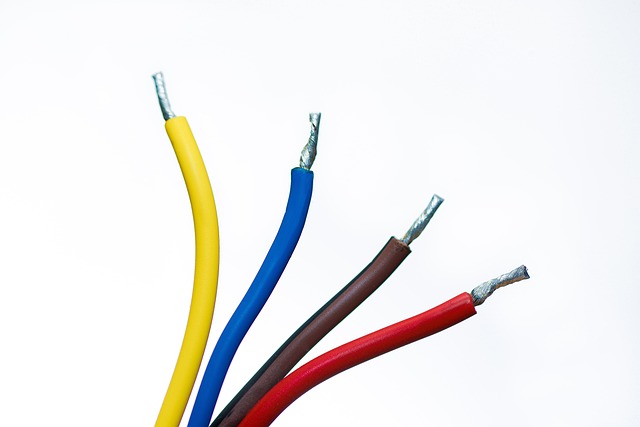Electrical wire installation and the use of PVC pipes in plumbing systems are common topics of interest for homeowners.
Many wonders if it’s permissible or safe to run electrical wires through plumbing PVC pipes. The short answer is running electrical wire through plumbing PVC pipe is generally not recommended due to safety concerns and building code regulations.
In this article, we’ll explore this question, addressing potential risks, building codes, and alternatives to consider.
While it’s important to consult a licensed electrician for specific guidance, this article aims to provide general information for everyday individuals in the USA.
Understanding Electrical Wire Installation
Electrical wire installation plays a crucial role in ensuring the safe and efficient operation of electrical systems in homes.
Proper installation techniques, including correct wire sizing and insulation, are essential for preventing electrical hazards and minimizing the risk of electrical fires or shocks.
PVC Pipe in Plumbing Systems
PVC (Polyvinyl Chloride) pipes are widely used in plumbing systems due to their durability, affordability, and resistance to corrosion.
They are commonly employed for water supply, drainage, and venting purposes in residential and commercial buildings.
PVC pipes come in various dimensions and types, making them versatile for different plumbing applications.
Can I Run Electrical Wire Through Plumbing PVC Pipe?
While it may seem convenient to run electrical wire through plumbing PVC pipes, it is generally not advisable for several reasons:
- Safety Risks: Mixing electrical wires with plumbing systems can create safety hazards, such as electrical shorts, fire risks, and potential damage to the wire insulation.
- Building Code and Regulations: Most building codes and regulations prohibit running electrical wires through plumbing pipes due to safety concerns and the importance of maintaining separate electrical and plumbing systems.
- Considerations and Alternatives: Before considering running electrical wires through plumbing PVC pipes, it’s essential to assess alternative options. Conduit installation, where electrical wires are enclosed in dedicated conduits, is a safer and code-compliant approach. Separate wiring channels can also be used to ensure proper segregation of electrical and plumbing systems.
Read also my article: Voltage Mismatch: Can 220V Harm Your 110V Appliance?
Best Practices for Electrical Wire Installation

To ensure safety and compliance with electrical codes, here are some best practices to follow:
- Consult a Licensed Electrician: Seeking professional guidance from a licensed electrician is crucial for electrical projects, including wire installation.
- Proper Wire Sizing and Insulation: Determining the appropriate wire size and using proper insulation materials is essential to prevent overheating, voltage drop, and electrical hazards.
- Installation Techniques for Different Environments: Different environments, such as underground, outdoor, or wet areas, require specific installation techniques and appropriate electrical protections to ensure safety and longevity.
It’s important to note that this article provides general information and is not a substitute for professional advice. Electrical projects should always be carried out by qualified individuals following local electrical codes and regulations.
Conclusion
In conclusion, running electrical wire through plumbing PVC pipes is generally discouraged due to safety risks and building code regulations.
It’s important to prioritize safety and comply with electrical codes by exploring alternative methods such as conduit installation or separate wiring channels.
Consulting with a licensed electrician is crucial for personalized guidance and ensuring the safe and efficient operation of electrical systems in homes.

